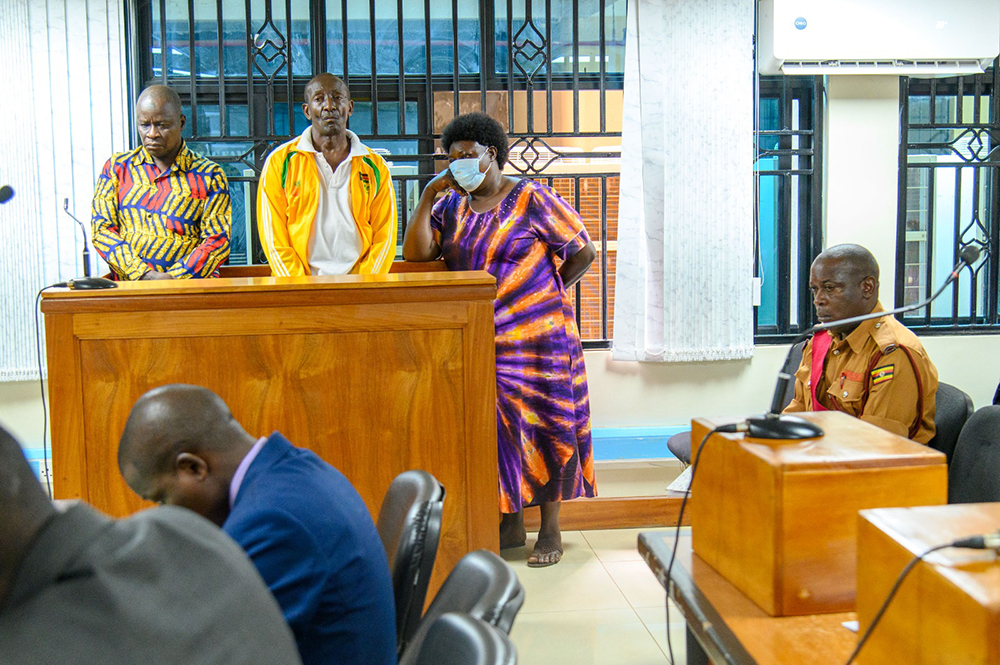Scientists have unveiled the mystery behind the ‘black rains’ that perplexed residents of Busia District. The phenomenon, observed in Sofia Village, Busia Municipality, Busia District, and parts of Kenya, was attributed to pollution during the dry season.
George William Omony, a meteorologist at Uganda National Meteorological Authority (UNMA), explained that the discoloration results from increased atmospheric pollution during the dry season. Activities such as road works, vehicle movements, and other economic operations release dark particles into the atmosphere. These particles, along with pollutants from burnt grass or bushes, accumulate and are carried by the wind.
Omony highlighted that prolonged rains until January were anticipated in most parts of the country, leading to an accumulation of pollutants in the atmosphere. The meteorologist cautioned against using the black rainwater for human or animal consumption, as it may carry diseases. The water contains atmospheric carbon and indigestible chemicals harmful to animals and potentially affecting plants.
Athanasius Mugerwa, a Busia District official, emphasized that the black rainwater signifies atmospheric carbon presence and contains harmful substances. Jimmy Ngolobe, the Busia District Environment Officer, suggested the possibility of mass pollution in the atmosphere, emphasizing the need for environmental laboratory tests on the black rainwater.
Residents, initially baffled by the black water during the downpour, raised concerns about potential implications. Winnie Kakai from Sofia Village expressed worry, stating, “I have read about red water in the Bible, but with this black rain, I am getting worried that the end of the world is near.”
Francis Magambo, a resident of Marachi Village, shared that he initially thought his containers were dirty, but even after washing them, the water remained black.




















